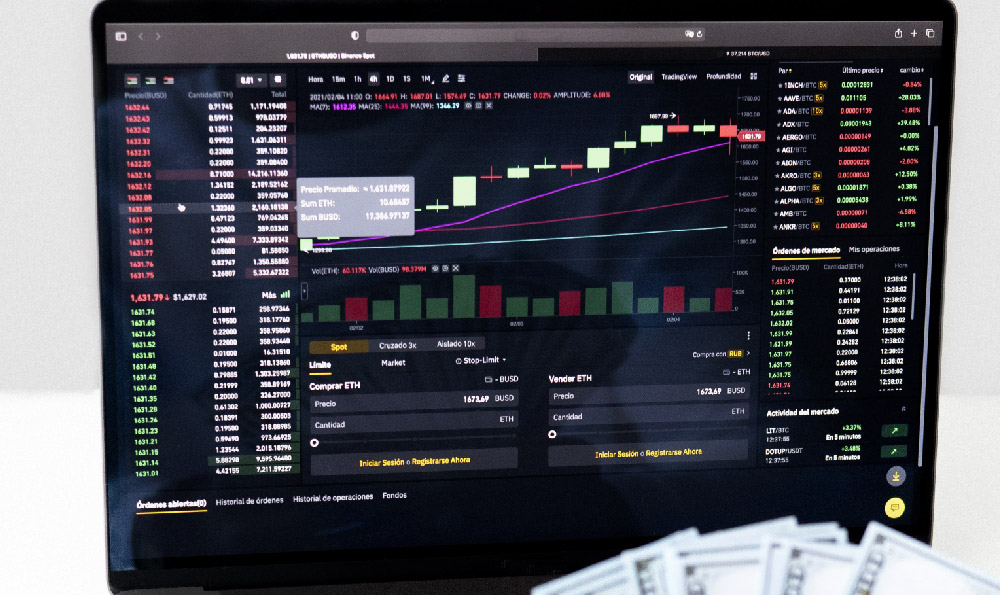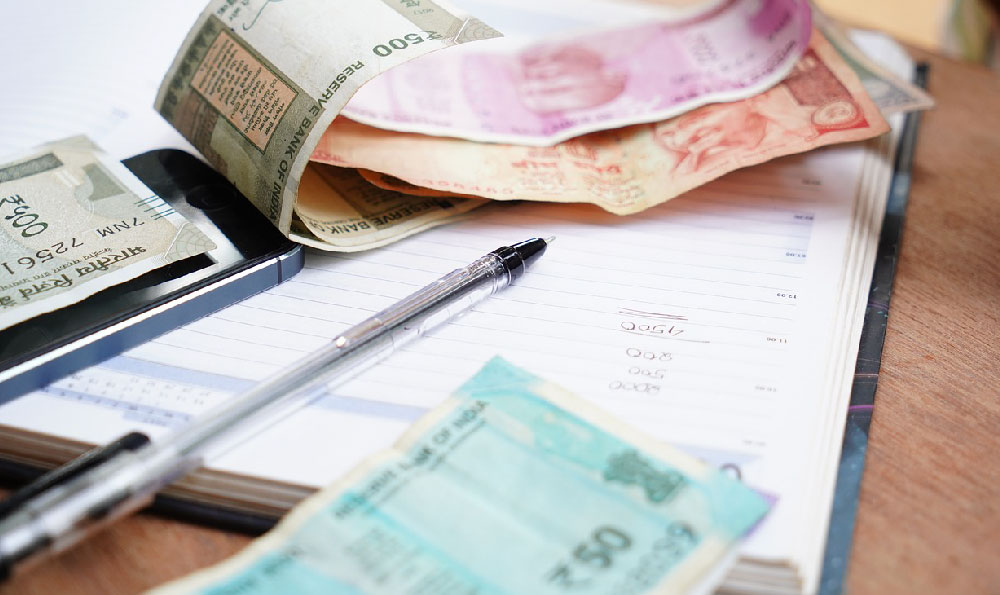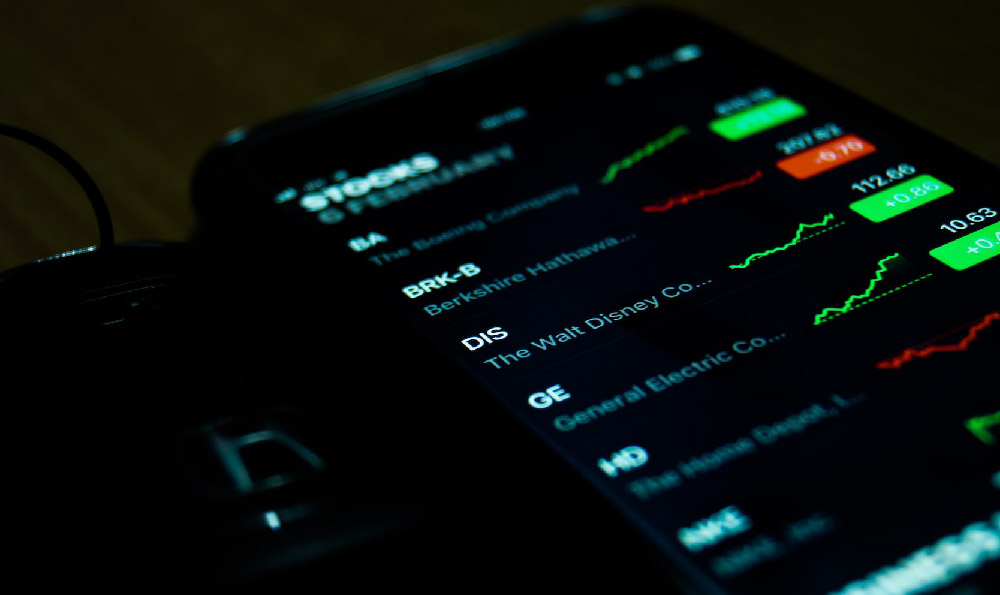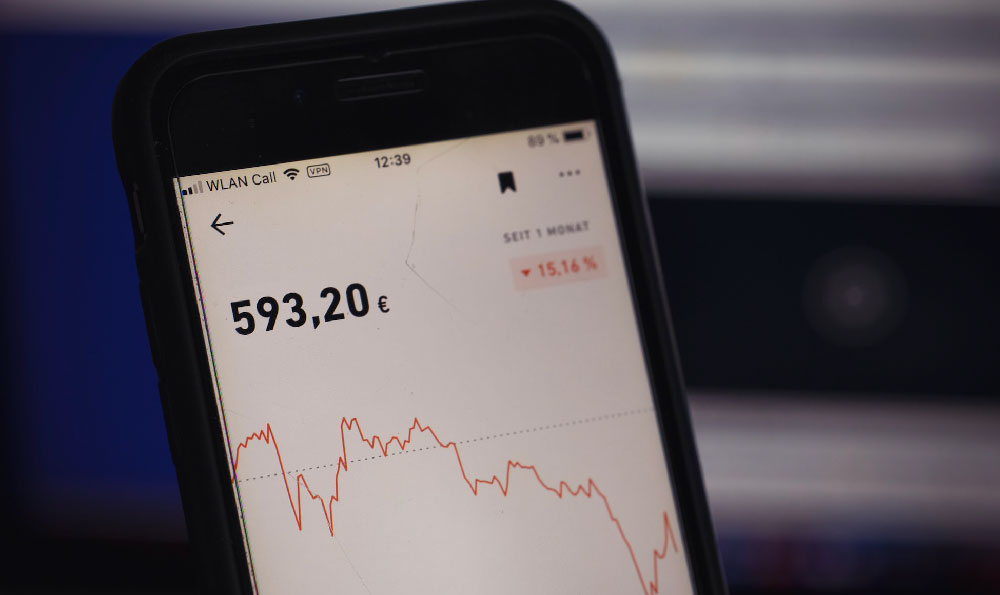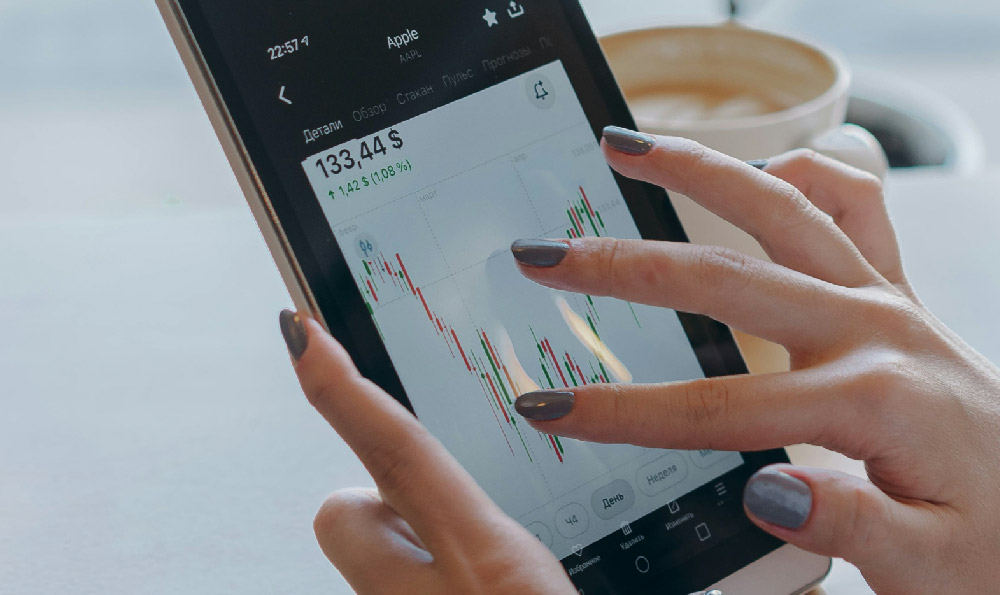How Much Can Uber Drivers Make? What Factors Influence Uber Driver Income?

Let's delve into the earnings potential of Uber drivers and the myriad factors that contribute to their income. This is a question often posed by prospective drivers or those looking to maximize their earnings in the gig economy. The answer, however, is not straightforward, as it involves a complex interplay of location, time, expenses, and strategy.
One of the most significant determinants of an Uber driver's earnings is location. Drivers in densely populated urban areas, especially those with robust nightlife or thriving tourist industries, generally have higher earning potential. These areas typically experience higher demand for rides, resulting in more frequent ride requests and the opportunity to take advantage of surge pricing. Conversely, drivers in smaller towns or rural areas may find that the demand is less consistent, leading to longer periods of downtime between rides and lower overall earnings. Examining the local market dynamics, including the population density, tourist activity, and competing ride-sharing services, is crucial for assessing potential earnings in a given area.
Another crucial element influencing Uber driver income is the time of day and day of the week. Peak hours, such as rush hour traffic in the mornings and evenings, weekends, and during special events, often see a surge in ride requests. Uber's surge pricing algorithm adjusts fares based on supply and demand, allowing drivers to earn significantly more per ride during these periods. Conversely, driving during off-peak hours, such as late nights on weekdays, might result in fewer ride requests and lower earnings. Understanding local event schedules, traffic patterns, and peak demand times is essential for optimizing driving hours and maximizing income. Drivers who are willing to work during these high-demand periods will undoubtedly see a significant boost in their earnings.

While the gross earnings may seem attractive, it's important to carefully consider the expenses associated with driving for Uber. The biggest expense is typically fuel. Fuel costs can fluctuate depending on gas prices in the area and the fuel efficiency of the vehicle. Maintenance and repairs are also significant expenses. Regular maintenance, such as oil changes, tire rotations, and brake replacements, are essential to keep the vehicle in good working condition. Unexpected repairs can also arise, especially on vehicles that are driven extensively. Then there’s vehicle depreciation. Every mile driven contributes to the wear and tear on the vehicle, ultimately reducing its resale value. Insurance is another non-negligible cost. While Uber provides some liability coverage, drivers may need to purchase additional insurance to protect themselves. Finally, remember cleaning. Keeping the vehicle clean and presentable is essential for maintaining a high driver rating and attracting passengers. The cost of car washes, detailing, and cleaning supplies can add up over time. Accurately tracking these expenses is crucial for calculating net earnings.
Beyond location, time, and expenses, an Uber driver's skills and strategies can also significantly impact their income. Providing excellent customer service, maintaining a clean and well-maintained vehicle, and having a thorough knowledge of the local area are all essential for earning higher ratings and tips. Drivers who are familiar with the area can navigate efficiently, avoid traffic congestion, and get passengers to their destinations quickly. Adopting strategic driving practices, such as positioning oneself in areas with high demand, accepting ride requests strategically, and taking advantage of surge pricing, can also boost earnings. Furthermore, some drivers leverage strategies such as driving during specific events or targeting particular demographics to maximize their income. Staying informed about local events, optimizing routes, and providing a comfortable and pleasant experience for passengers are all factors that can contribute to higher earnings.
Uber's incentive programs can also provide opportunities for drivers to increase their earnings. Uber frequently offers promotions, bonuses, and challenges to encourage drivers to drive during specific times or in specific areas. These incentives can be a significant source of additional income for drivers who are willing to participate. Staying informed about available promotions and strategically planning driving hours to take advantage of them can lead to a substantial increase in earnings. Some drivers also leverage referral programs to earn bonuses by recruiting new drivers to the platform.
Finally, the type of vehicle can also impact earnings. Drivers who have larger vehicles, such as SUVs or vans, can often qualify for UberXL or Uber Black services, which typically command higher fares. However, these vehicles also tend to have higher fuel consumption and maintenance costs, so it's important to weigh the pros and cons carefully. Maintaining a modern and well-equipped vehicle can also enhance the passenger experience and potentially lead to higher tips and ratings.
In conclusion, while determining the exact amount an Uber driver can make is challenging, it's clear that a combination of factors influences income. Location, time, expenses, driving skills, strategies, incentive programs, and vehicle type all play a crucial role. By carefully considering these factors and adopting a strategic approach to driving, Uber drivers can maximize their earnings potential and achieve their financial goals. It's important to remember that being an Uber driver is essentially running a small business, and like any business, success requires careful planning, diligent execution, and a commitment to providing excellent customer service. Thorough research, continuous learning, and adaptation to changing market conditions are essential for achieving long-term financial success in the ride-sharing industry.

